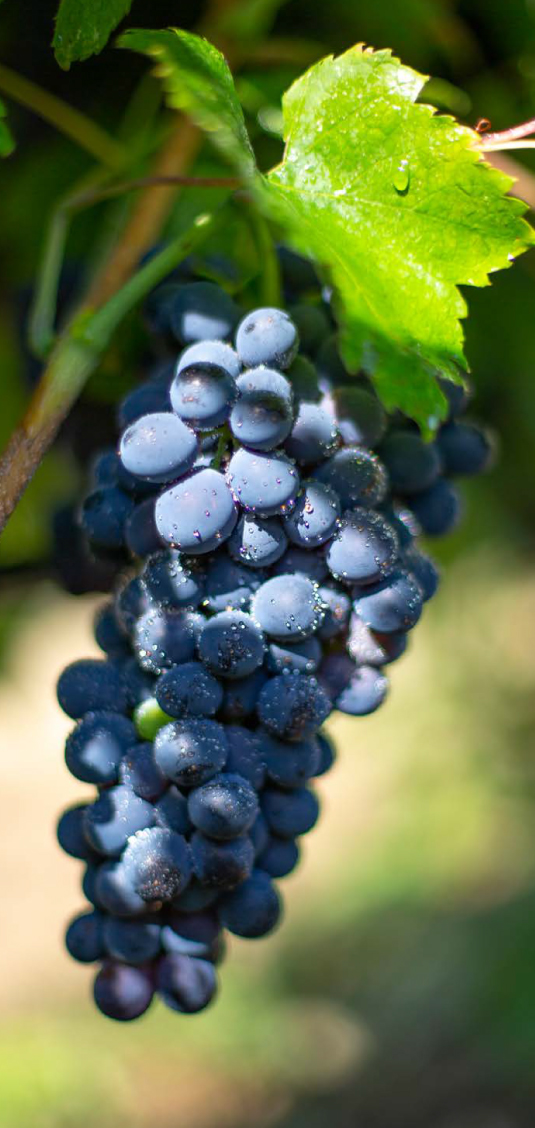OUR TRANSITION TO ORGANIC FARMING
In an approach favorable to biodiversity, we planted hedges and trees to invite the local fauna to develop. We have installed nesting boxes for birds of prey and bats. We have an agreement with a beekeeper who has set up beehives in our plots.
We devote all our efforts to defend, conserve and improve our environment, such as:
- the preservation of biodiversity,
- the phytosanitary strategy,
- the management of fertilization/fertilizers,
- water resource management.
All these elements of biodiversity (hedges, grassy strips, trees, flowers, insects...) are widely present on the farm.
The pressure of agricultural practices on the environment (air, climate, water, soil, biodiversity, landscape) is reduced to a minimum.


